Hey there, railroading enthusiasts! Are you ready to dive into the wonderful world of HO scale model trains? If you’re just starting out in the hobby, this scale is the perfect choice for you. Not only does it offer a great balance between affordability and realism, but it’s also a popular pick among hobbyists. So, let’s talk about what exactly the HO scale is and how you can use it to bring your model railway dreams to life.
But first, let me share a personal anecdote. I remember when I first got into model trains, I was so overwhelmed by all the different scales available. I mean, there’s N scale, Z scale, G scale, the list goes on! But, once I discovered HO scale, I knew it was the one for me. It was just the right mix of affordability and realistic detail. Plus, it’s a classic for a reason – many of the greatest model railroad layouts in history have been built in HO scale!
Now, let’s get into the nitty-gritty of what exactly the HO scale is.
What is HO Scale?
HO Scale is a model train scale smaller than O Scale and larger than N Scale. It was designed to be the most popular size for model trains. HO Scale offers excellent detail while still small enough to fit in a room without taking up too much space.
HO scale is one of the most popular scales for model trains.
It’s easy to see why. The size of the locomotives and rolling stock is large enough to be very detailed while still fitting into a small space so you can keep them stored away when not in use. Also, there are many different types available which mean that no matter what kind of train enthusiast you might be – whether it’s steam engines or diesel – there will always be something for everyone!
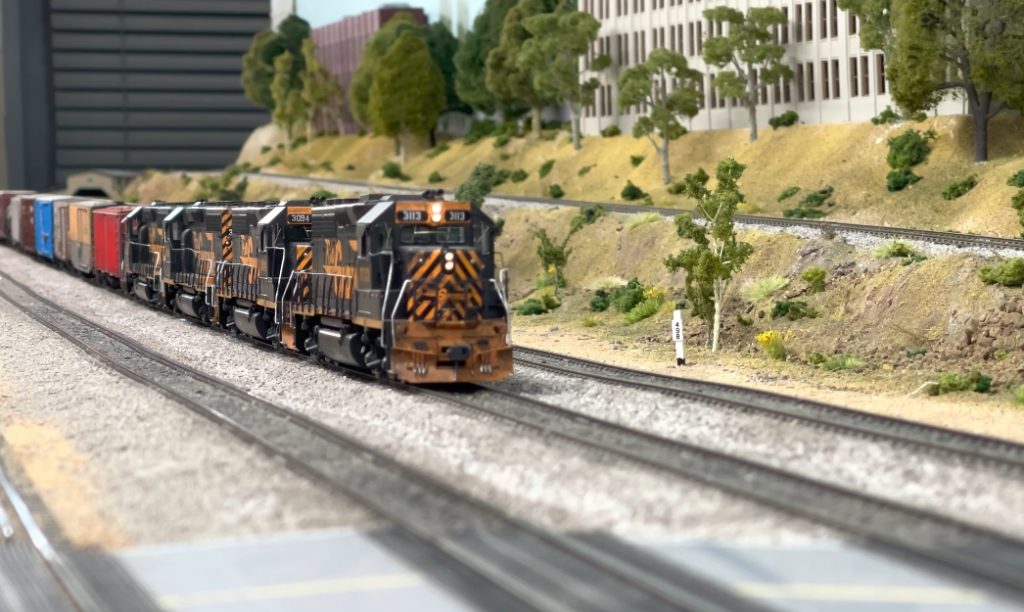
It’s perfect for people who want a balance between realism and affordability.
HO Scale is an excellent option for those who want to create realistic scenes without breaking the bank. Because HO Scale models are smaller, they can be less expensive than other scales. However, that doesn’t mean that they sacrifice detail or quality! Many HO Scale enthusiasts argue that this scale provides the perfect balance between realism and affordability.
If you’re new to model railroading and are considering using HO Scale, here are a few things to keep in mind:
- The track gauge (the distance between the two rails) is 16.50 millimeters, about three-quarters of an inch. This makes it compatible with most train sets on the market today.
- HO Scale models are more significant than N Scale but smaller than OO Gauge or G Gauge. They are typically about half of popular model train sets like Lionel and MTH Electric Trains.
- Most HO Scale trains have a scale ratio of 87:100, so if you wanted to make a replica of something in real life, this would be your go-to! However, there is also some flexibility with how big or small things can get at different scales within HO’s range (from 48:87 up to 103:87).
There are many reasons why people choose one over another; it comes down to personal preference! One thing that makes HO great, though? It’s perfect for beginners because they’re easy to use, and you can find plenty of information on how to get started.
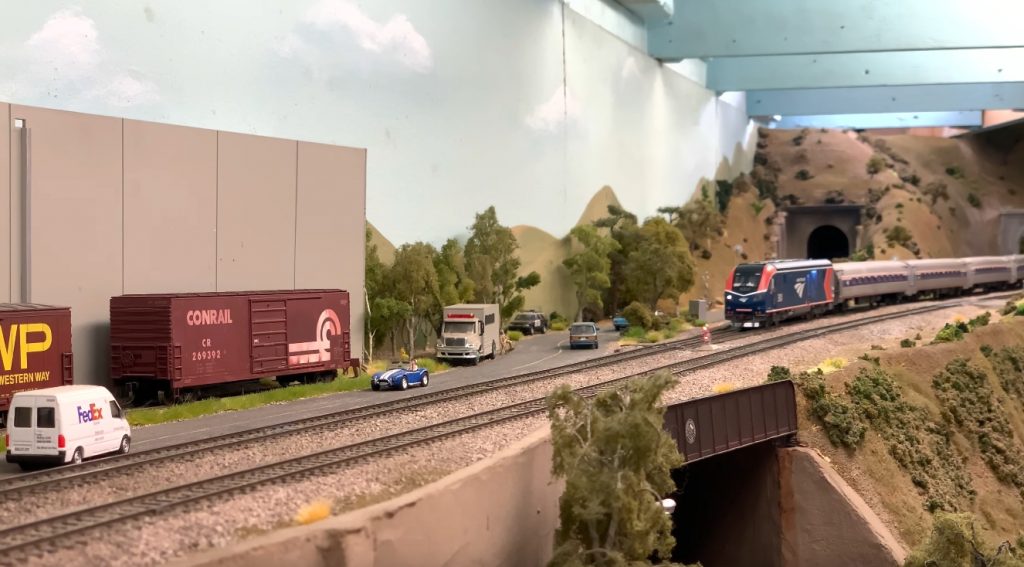
Various products are available on the HO scale, so you can create any scene you want.
A popular layout is a city scene, where you can include buildings and vehicles found in urban areas.
If you’re looking for a more natural look, try building an HO scale farm or ranch! There are many kits available to help with these projects as well.
The size and complexity of HO scale models make them perfect for indoor or outdoor use.
They are also more affordable than other types of model railroad figures, and their smaller size is a great advantage when working with children who may not have the skill required to handle larger-scale models.
Hobbies: One of the main benefits of using the HO Scale is that it allows you to create realistic-looking scenes in miniature form! You can build large cities with skyscrapers or small towns surrounded by farmland; it’s entirely up to your imagination how big, or small these places should be! And since they’re so inexpensive, there isn’t any reason why anyone shouldn’t try this hobby out at least once before deciding if they want to invest more money into building their private empire! A lot less expensive than buying new video games every month!
You can find more information about these types of scales in our article Digital Command Control Systems.
The History of HO Trains
HO Scale trains have been around for over 100 years! Here is a brief timeline of their history.
- 1867: First model railroad built by Lilliputiens, a French toy company. It was a 7×3 foot oval track with a locomotive and three cars.
- In the 1920s: HO Scale trains were introduced by the German company Märklin as an alternative to the larger O Gauge trains.
- The 1950s-60s: HO Scale becomes increasingly popular in America as the standard size for model railroads.
- Today: HO Scale remains one of the most popular scales for model railroading, with thousands of different products available to choose from.
What is HO Gauge?
The standard gauge for these types of trains is .625 inches or 16mm, which equates to about 1:87 in real life – meaning that your tracks will usually be 4 feet wide!
What Types of HO Train Models are There?
HO is the most popular model train because they offer incredible detail but can still be run on smaller layouts. HO comes from the H0 gauge, which early train sets were called in Europe.
There are many types of HO train models that you may see at hobby shops or online, including:
- Traditional railroad locomotives and rolling stock with details such as smokestacks, headlamps, cowcatchers, couplers, and more. These will work well on larger layouts or those who want to recreate specific historical moments in time using authentic equipment from the era being re-created;
- Modern freight cars with smoother bodies so as not to get caught up in track switches;
- Wagons for transporting goods and materials around town. These are typically used by hobbyists who want to recreate an old western-style setting with horses pulling their interests instead of engines;
- Passenger cars that can be coupled together into longer trainsets than what one could achieve using just locomotives alone;
And more!
The list above is not exhaustive but gives you an idea of some different types available out there today. There are different model train sets, and they all have different prices. This depends on how much detail the group has and whether it includes accessories like figures or buildings. Do your research before you decide which set is correct for you!
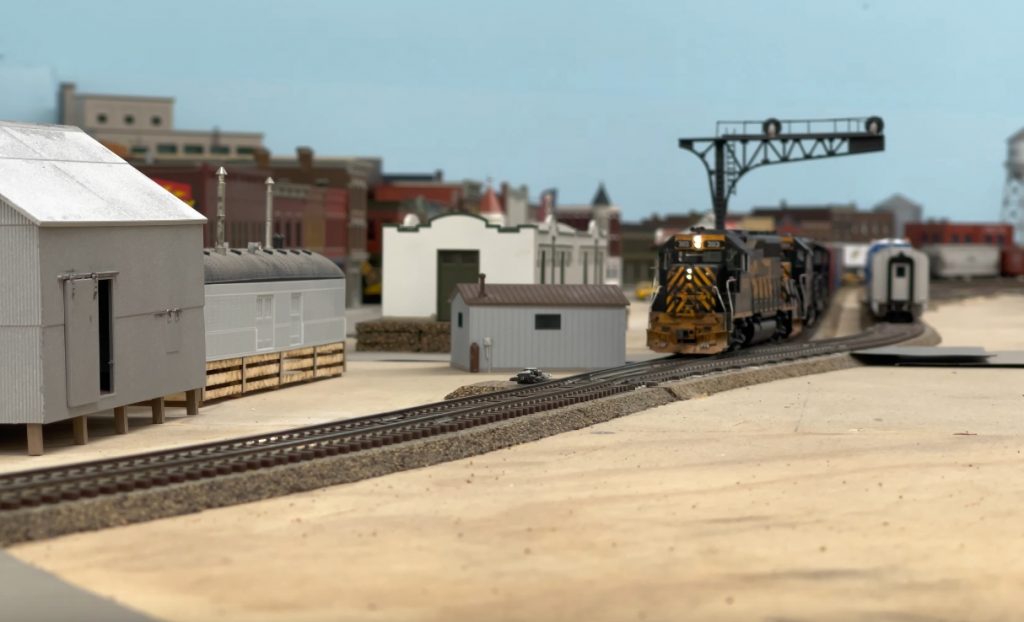
The Benefits of Using HO Scale
The benefits of using the HO Scale are many, but they’re not without drawbacks. Due to their small size, these trains are much slower than larger scales like G Scale or OO Scale. And because railway modeling is a very detail-oriented hobby, it can be more challenging to create realistic landscapes and scenes in HO Scale than on larger scales. But with a little bit of effort, the payoff is well worth it – some of the most beautiful model railways are built in HO Scale!
Few key benefits to using HO Scale:
- HO Scale is incredibly versatile and can be used for various purposes.
- It is very realistic and provides a lifelike experience for the user.
- HO Scale is affordable and easy to use, making it a popular choice.
Some Tips on Getting Started With HO Scale
When starting with HO Scale, you should keep a few things in mind. Here are some tips to help you get started:
- Choose the Right Scale: It’s essential to choose the correct scale for your project, or you may end up with too large or too small models. HO Scale is an excellent option for beginners, as it is smaller than most other scales and is easy to work with.
- Start With Simple Models: It’s best to start with simple models and gradually build up to more complex ones. This will help you get used to the scale and how everything works.
- Get Plenty of Supplies: Make sure you have plenty of supplies on hand, including model glue, paint, and scenery. This will help you keep your models looking their best!
- Experiment: Be willing to experiment with different materials and techniques. You may end up finding new ways to create beautiful models that you would never have thought of before.
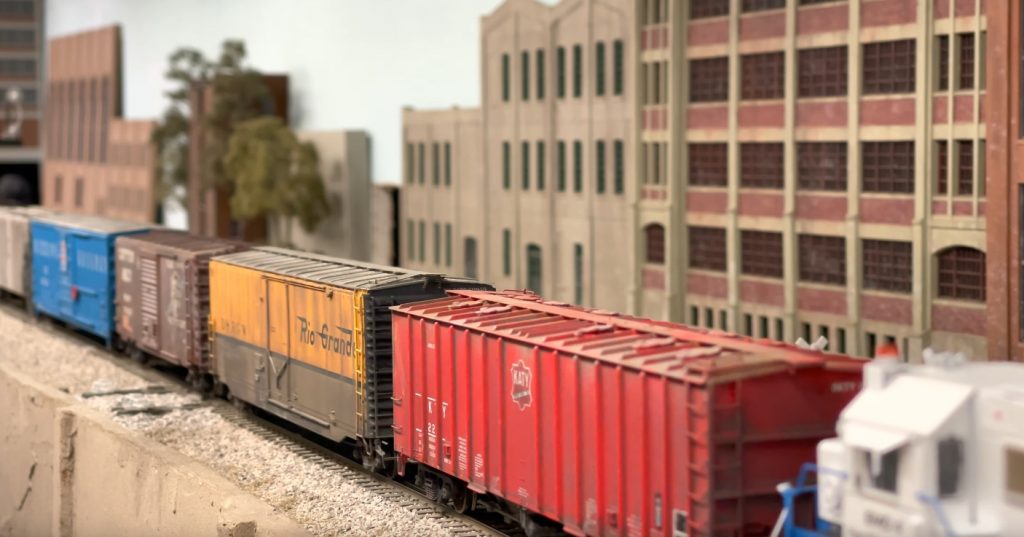
Examples of How HO Scale Can be Used in Different Types of Layouts
To better understand HO scale trains and their uses in different layouts, I have created a list with examples. These examples are not all-inclusive, but they give an idea about the versatility these trains can offer when used in various types of layouts.
- You can combine HO scale train sets into one larger country or world layout by adding two smaller train sets from the same manufacturer. For example, 2x Bachmann EZ Approximation Sets combined with 1x Lionel Legacy Set = 1 large world layout for kids!
- Another way you could use HO scale trains in your layout is by adding an extra track loop on top of the existing one, so two different loops are running simultaneously. Then you could use them both at once or just one depending on what type of room you have available and how much space there is around each train as they go through their routes without colliding into anything else (no crashes here!).
The possibilities with these small model railroads are endless! You can add bridges, tunnels, lights, etc., which will make it look even more realistic than before – all while still being able to enjoy playing with the models themselves too! But most importantly, though: don’t forget about safety precautions such as keeping away from little fingers that might get caught up moving parts if they aren’t used properly.
The Future of HO Scale and Where it is Headed
The future of the HO scale looks to be very prosperous. With the advances in digital control systems, it seems that the old-fashioned analog systems will soon be obsolete. This will allow even more realistic and smoother running trains, making the hobby even more enjoyable for enthusiasts!
What Voltage Does HO Scale Run At?
When designing a model train, it is essential to consider the wiring harness. The voltage varies from zero when the trains are stationary and reaches its maximum of 16 volts at full speed in HO scale models or 19 volts for larger gauged layouts like N scales (1/12th size).
A minimum wire gauge requirement of 16GA usually applies if your layout will operate on this type of power supply; however, there might be some exceptions depending upon how much juice you’re willing to give up by going smaller than advertised limits – keep these facts under consideration before starting construction!
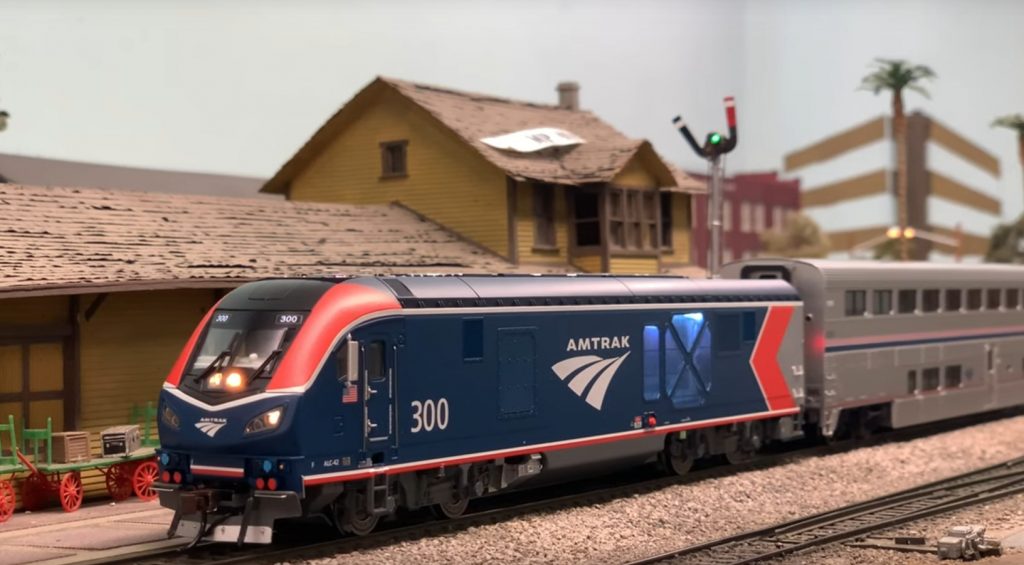
HO Scale Brands and Manufacturers
What Is The Difference Between HO and OO Scale?
Both HO and OO scales are compatible with each other because they share the same gauge of the track (16.5mm), which means you can interchange locomotives, rolling stock, or accessories from either scale without experiencing any running issues in your setup!
The differences between HO and OO scales come down to size. The models are both built at a 1:87th scale, which makes them more significant than they would appear in real life (since a 16mm gauge track requires 76packed together). However, this isn’t true when using 16-inch tracks because it’s only meant for higher railroad systems with thicker rails that have been installed by professionals who know what they’re doing!
OO Scale
- Scale: 4mm to 1ft
- Ratio: 1:76
- Gauge: 16.5mm
HO Scale
- Scale: 3.5mm to 1ft
- Ratio: 1:87
- Gauge: 16.5mm
By looking at their size, you can tell the difference between HO and OO scales. The model will appear slightly more significant in comparison, but if you have a keen eye for detail, then it’s easy to spot!
Will OO Gauge Trains Run on HO Track?
They sure can! OO Trains run on tracks with a gauge of 16.5 mm, and UK trains have comparatively smaller loading gauges, but keep an eye out for the rail because older models use code 100. In contrast, newer ones are 75 or 80 cm deep, depending upon which country you’re modeling in (some popular pieces may fall between these two extremes).
Conclusion
In conclusion, HO Scale is a great way to get into the model railroading hobby without spending too much money. It’s perfect for indoor and outdoor use, and you can create some fantastic scenes with just a few essential pieces! If you’re looking for something new to try out in your spare time, then I highly recommend giving HO Scale ago! You won’t regret it!
FAQ
Can I Use HO and OO Scale Track Together?
The OO scale is a little wider than HO. The track width on the model railway is 16.5mm, while the width of an OO track is 18mm. This means that it’s impossible to use both scales together unless you are using Flexi-track, which can be cut down to fit either rail size.
You may also want to consider what you are trying to accomplish before deciding if combining scales would work for your needs or not – do you want more detail in your scenery? If so, then there are benefits associated with choosing the HO scale over the OO, resulting in less time spent on finishing touches and more time spent creating!
Can I Use HO and OO Locomotives and Rolling Stock Together?
The short answer is yes, but they won’t work together very well because they’re designed for different scales. For example, an HO gauge railroad will be too small compared to an OO gauge railroad, which means that your HO locomotive will look minuscule when placed next to an OO locomotive on the same track.
Why Isn't There Just One Scale Instead of Two?
The answer to this question is pretty simple. The main reason HO Scale wasn’t adopted as the universal scale for all model railroads was that it became too expensive to produce models in HO Scale due to the need for smaller equipment and more precise measurements. For example, a locomotive that was three feet long would be about one inch long on O Scale because of how many times larger the O Scale is than HO Scale. This means that even if you had an entire train set up on your table-top, it would still take up less space than a book sitting next to it!
Hey there! I’m Richard Baker, a miniature painter who’s been in the game for a solid decade now. I’ve been painting miniatures for ten years and I’ve got a ton of tips and tricks to share with you all. My website is a treasure trove of knowledge that I’ve gathered from both my own personal experiences and from reading all sorts of books.
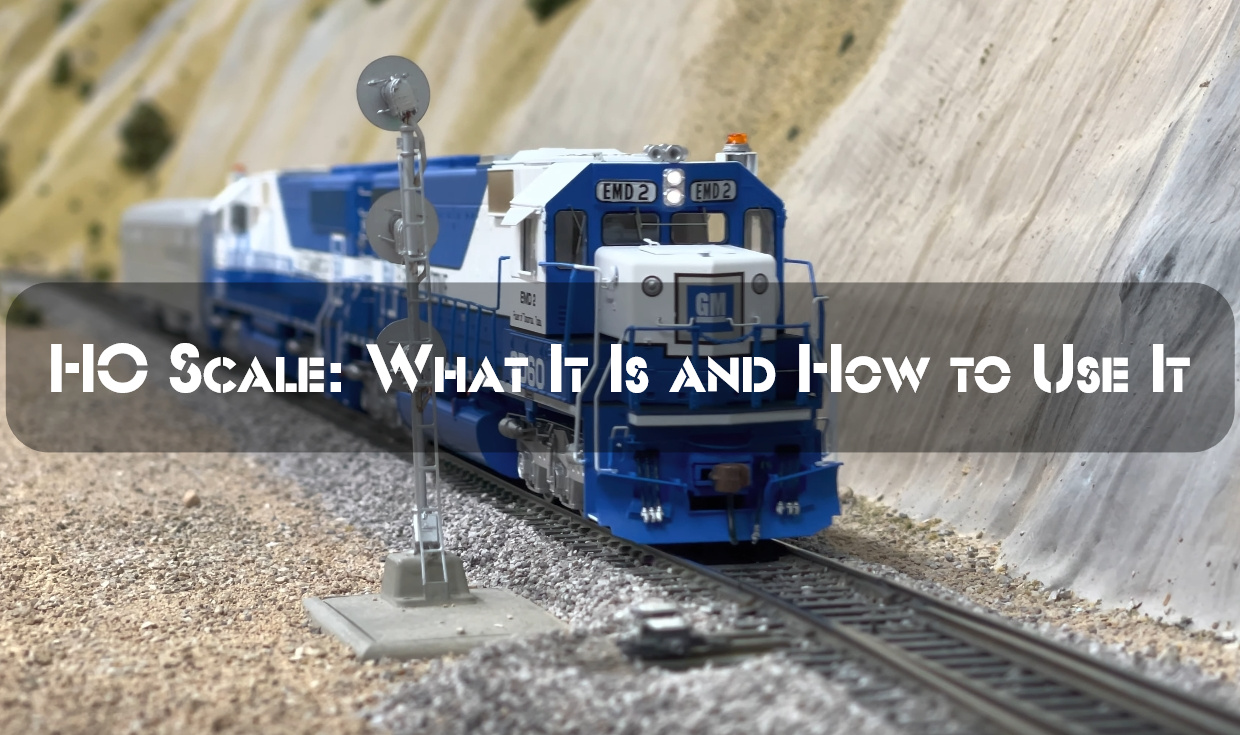

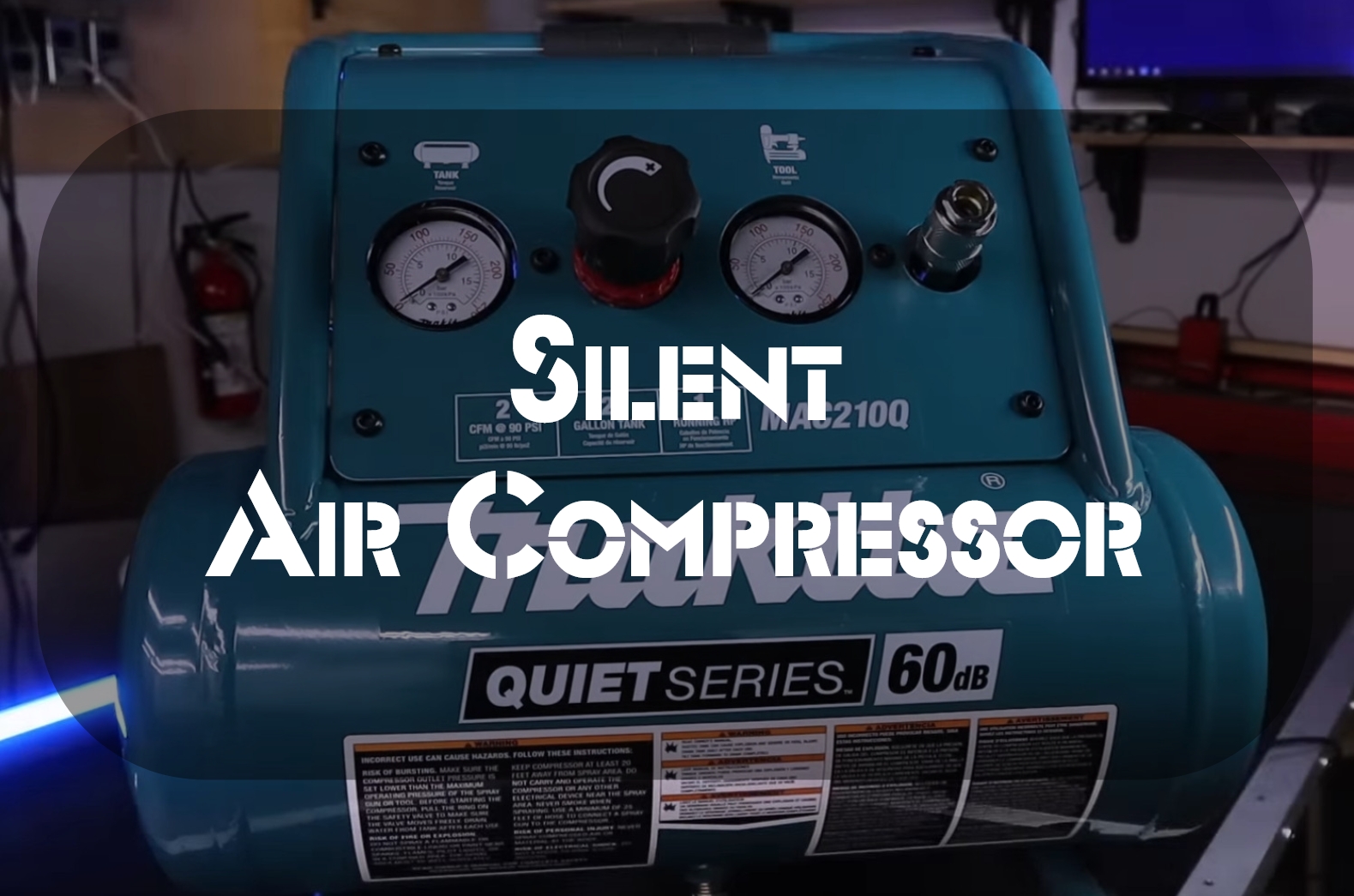
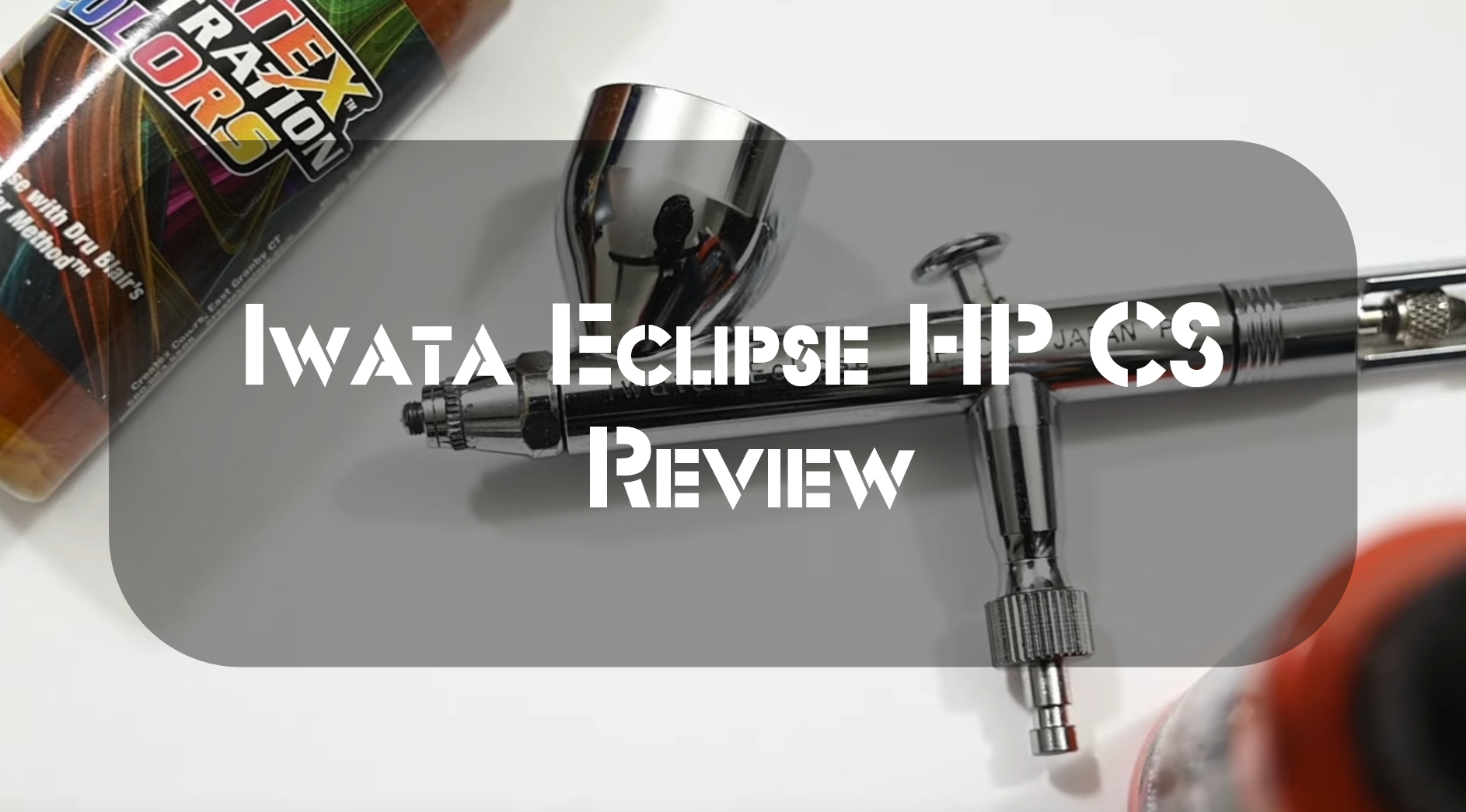
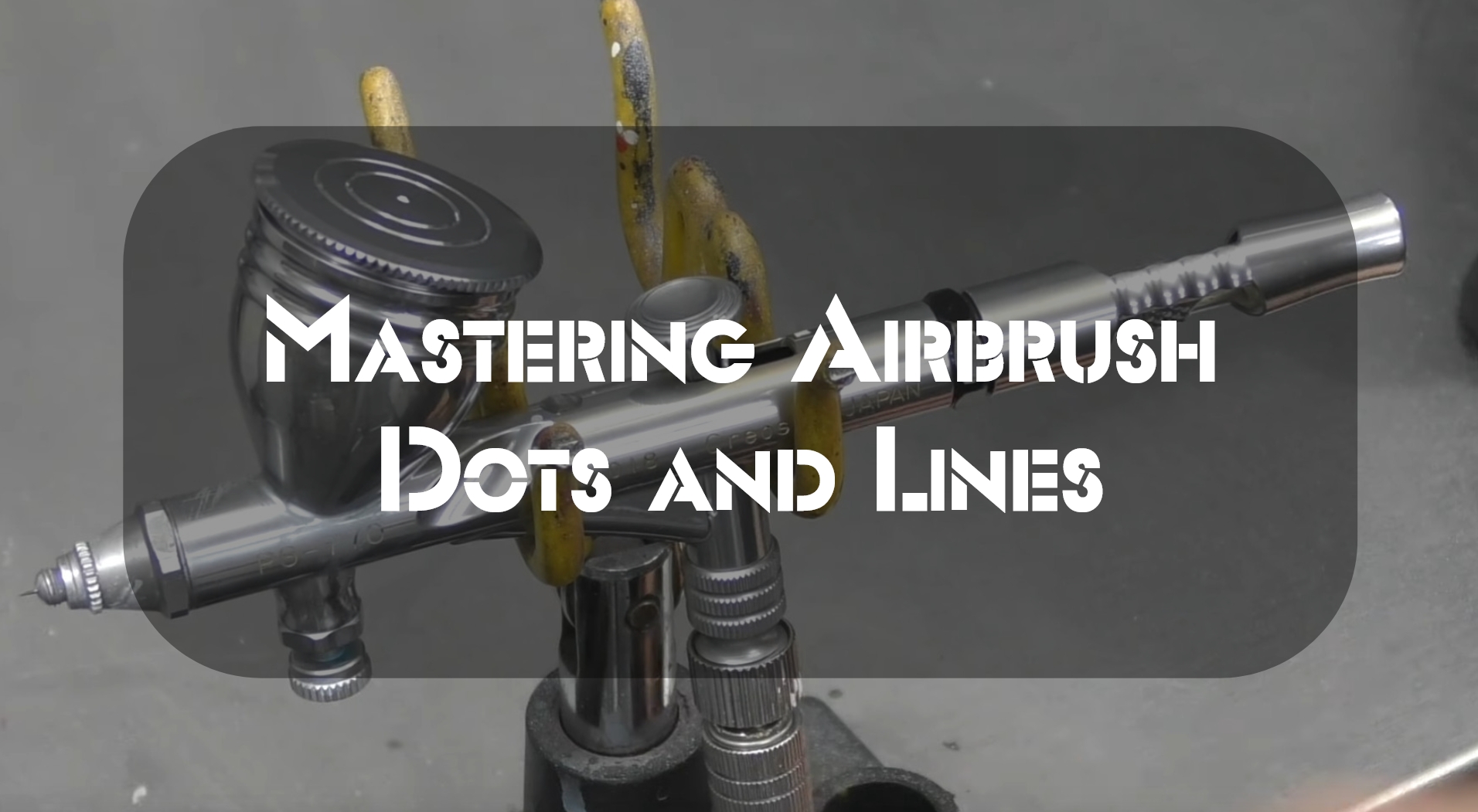
Leave a Reply